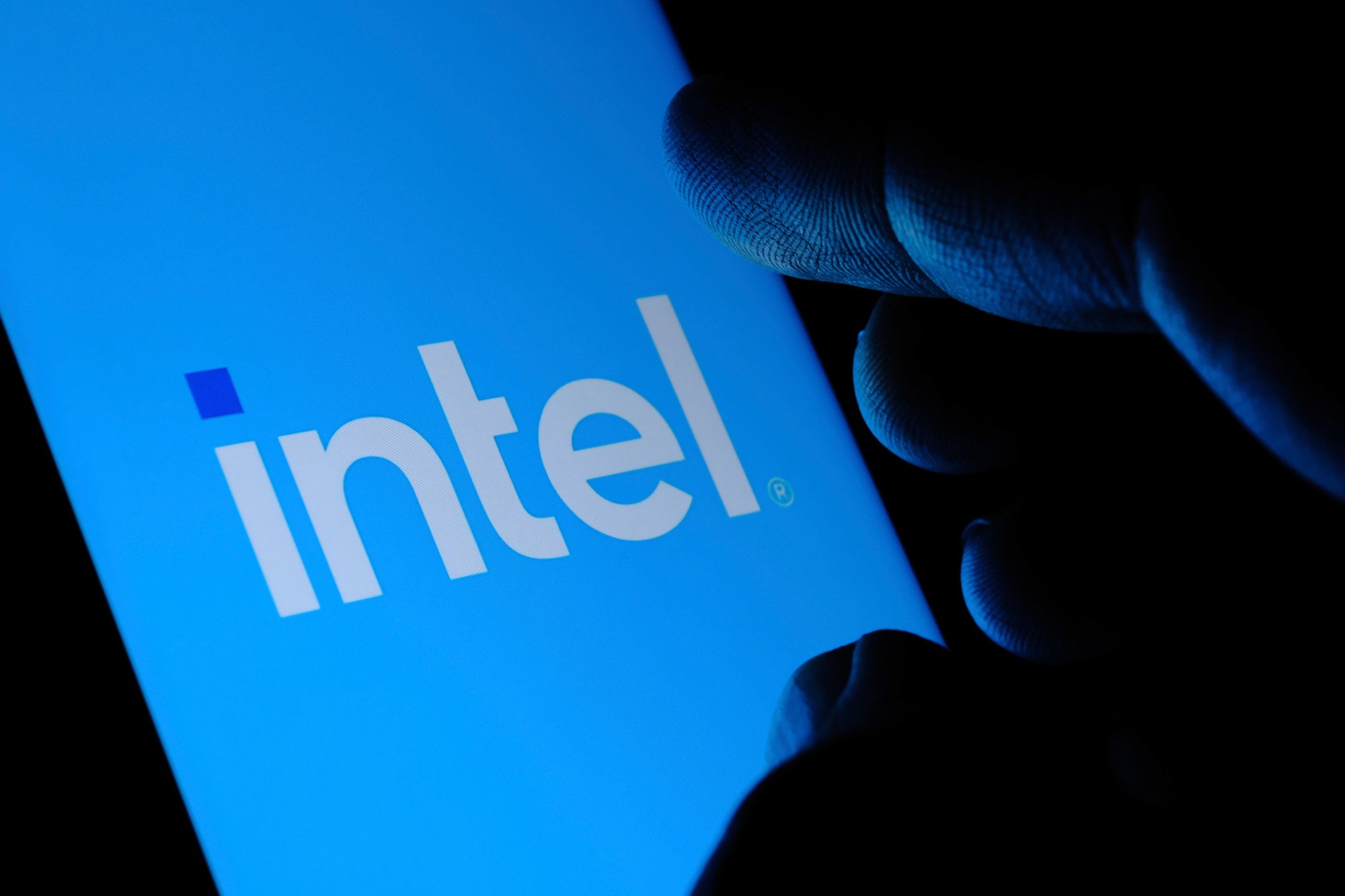
Intel inside? Chinese firm Powerleader’s ‘home-grown’ chip suspected of being a rebadged microprocessor from US giant, test results show
- Microprocessor benchmark testing on Geekbench found that Powerleader’s Powerstar chips were identical to Intel’s Core i3-10105 Comet Lake CPU
- Shenzhen-based Powerleader, which has no track record in semiconductor development, has been using Intel chips on its computer products
Testing site Geekbench, a platform run by Canadian software developer Primate Labs, published the key parameters of Shenzhen-based Powerleader’s Powerstar P3-01105 CPUs on May 26 and found the chips identical to Intel’s Core i3-10105 Comet Lake CPU.
The South China Morning Post was unable to independently verify whether the Powerleader chip was indeed an Intel IC in disguise.

Intel has not made any comments on Powerleader’s chip.
The Geekbench findings were widely reported by both Chinese and foreign media outlets focused on computer hardware.
A government investigation found that the developer of the Hanxin series of chips, Chen Jin of Shanghai’s prestigious Jiaotong University, had “committed serious falsification and fraud”, the university and state media said at the time.

Powerleader, which has been manufacturing servers and personal computers for industrial users since 1997, had earlier announced in a press conference on May 7 the release of its first-generation Powerstar CPUs.
In a statement at the time, Powerleader said its Powerstar CPUs were developed based on the x86 architecture, and suited for “government, education, energy, industry, finance, healthcare, gaming and retailing” applications.
The company also launched desktop personal computers and workstations equipped with the Powerstar chip. These are manufactured at various production facilities in Guangdong, Sichuan, Hunan, Hebei, Guangxi, Shaanxi and Jiangsu provinces, as well as in Beijing.
Intel’s x86 is a family of complex computer architectures. Most desktop and laptop computers in the global market are based on various iterations of the x86 architecture.
Before its Powerstar chip development initiative, Powerleader had long used Intel processors on its flagship computer products.
The company is owned by Shenzhen Powerleader Investment Holding, which also owns the Hong Kong-listed PowerLeader Science & Technology Group Co.
China has been trying for years to develop its own ICs, but this effort has been restricted by hurdles such as the lack of intellectual property (IP) and locally created instruction set architecture.
In some cases, Chinese companies buy chip designs from foreign companies. In 2016, cash-strapped chip maker Advanced Micro Devices received Washington’s approval to license the design of its first-generation Zen x86 processors to Chinese chip designer Haiguang, which resulted in the system-on-a-chip called Hygon Dhyana.
Fabless semiconductor company Zhaoxin, which was formed in 2013 as a joint venture between VIA Technologies and the Shanghai municipal government, manufactures x86-compatible desktop and laptop CPUs for the domestic market. Montage Technology’s Jintide CPUs were also developed based on Intel’s proprietary x86 IP cores, with some tweaks to secure data-processing safety.

